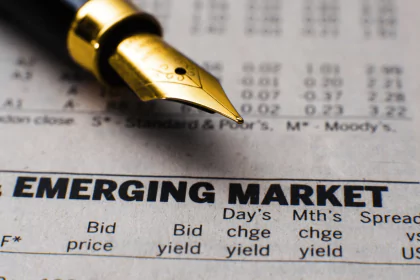The increasing U.S. debt has caused significant concern among Wall Street experts, but Nobel Prize-winning economist Paul Krugman believes these worries are largely unfounded. In a New York Times op-ed published last Thursday, Krugman argued that despite the $34 trillion debt, the situation is manageable and does not warrant panic.
Given the political will, we could resolve debt concerns quite easily.
Paul Krugman Krugman compared the current debt-to-GDP ratio to the levels observed at the end of World War II, suggesting that it is still manageable and not indicative of an imminent crisis. He also highlighted that countries with much higher debt burdens, like Japan and post-war United Kingdom, did not experience debt crises.
A critical point Krugman raised is that debt crises historically occurred in countries borrowing in foreign currencies, unlike the U.S. which borrows in its own currency. He acknowledged the continuous rise in U.S. debt but noted that it surged significantly during the pandemic as a necessary response to economic challenges, and has continued to grow even without such emergencies.
Krugman emphasized that governments, unlike individuals, do not need to repay all their debt. He explained that the debt from World War II was not fully repaid; instead, economic growth and inflation reduced the debt-to-GDP ratio over time. He highlighted that the U.S. only needs to stabilize debt relative to GDP, rather than pay it off entirely. A study by the Center for American Progress suggested that a 2.1% adjustment in GDP through either increased taxes or reduced spending could achieve this stabilization.
Federal debt when John F. Kennedy took office was slightly higher than it had been in 1946. But debt as a percentage of G.D.P. was way down, thanks to growth and inflation.
Paul Krugman Krugman stressed that such adjustments are feasible and would not harm economic growth, pointing out that the U.S. tax revenue as a share of GDP is lower than that of other wealthy nations. The real challenge, according to Krugman, is political rather than economic. He suggested that political will is the primary obstacle to resolving debt issues, citing political dysfunction and the radicalization of the GOP as significant concerns.
Krugman’s perspective offers a calm counterpoint to the growing alarm over U.S. debt levels, suggesting that with sensible economic policies and political cooperation, the debt can be managed effectively.












